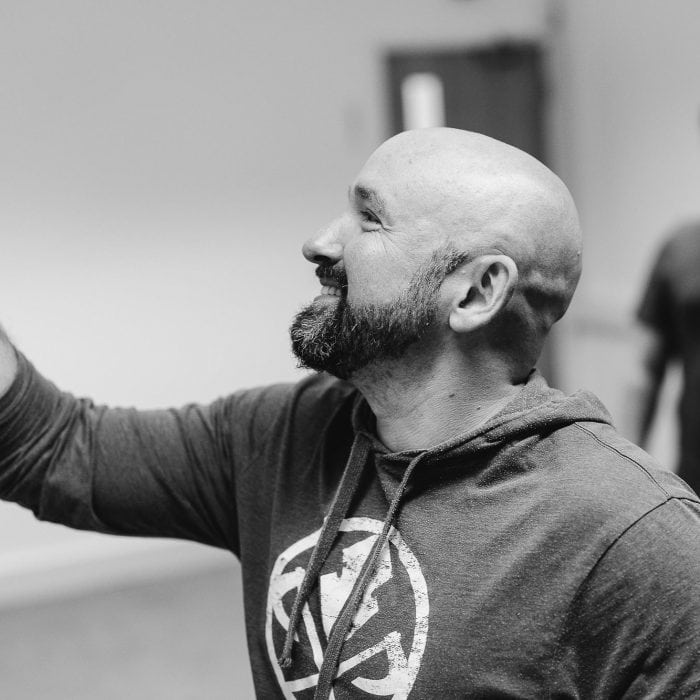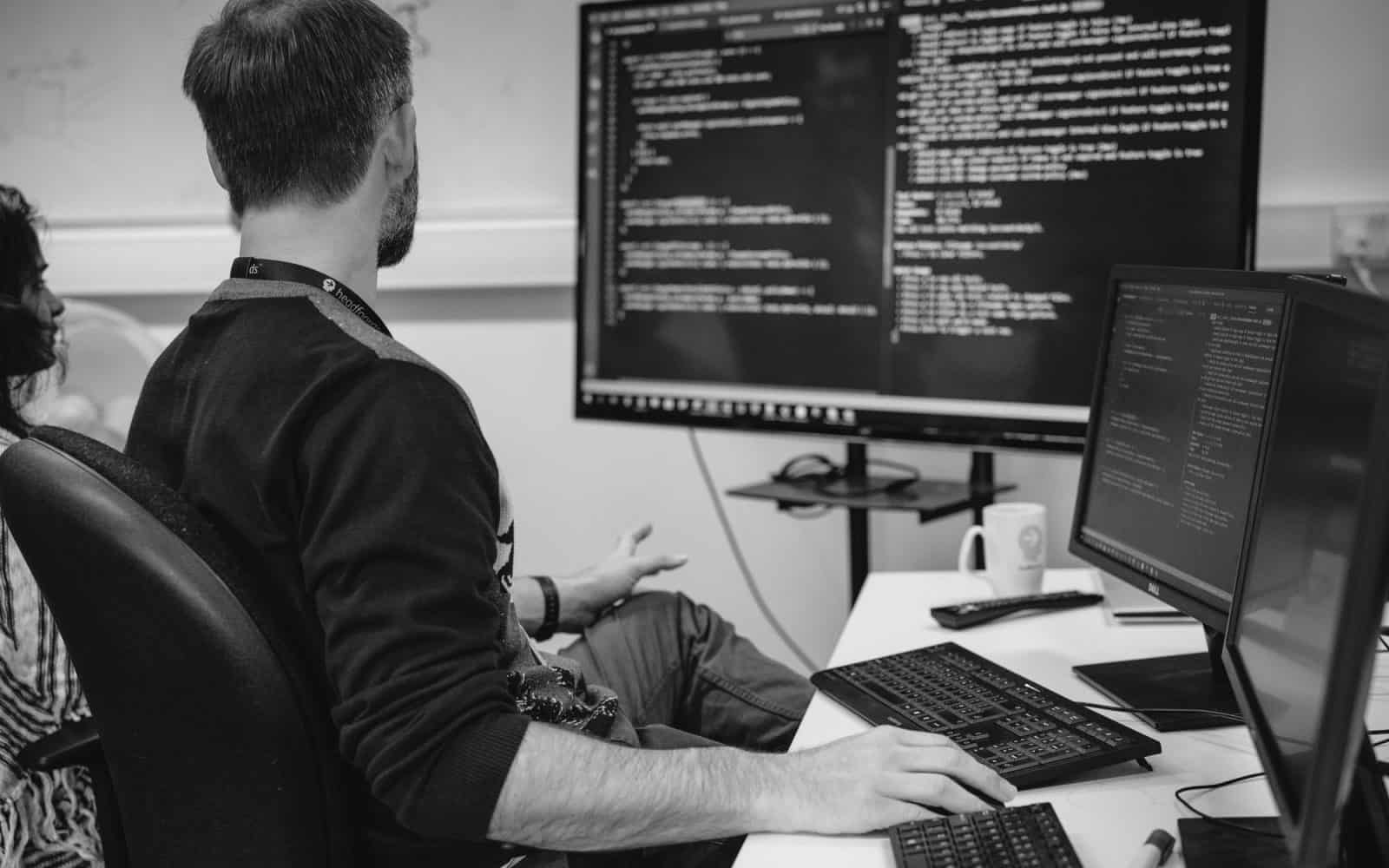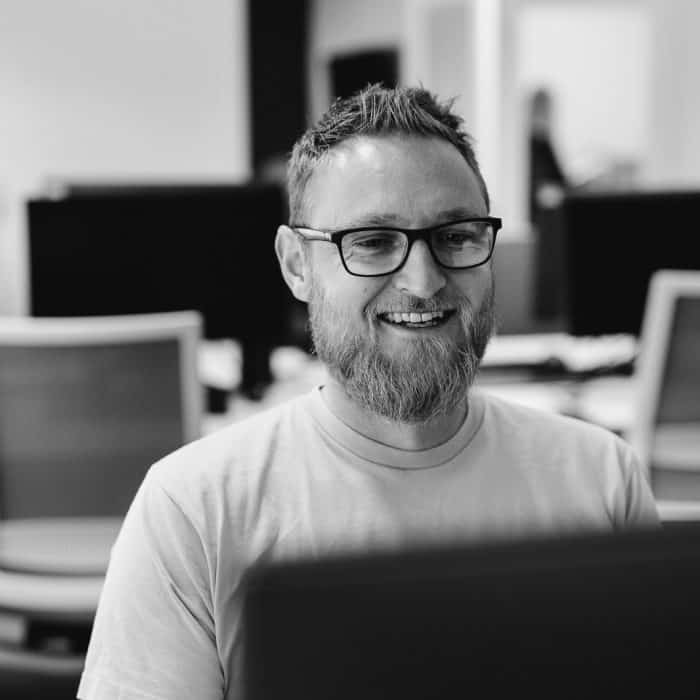Building the foundations of Agile
We started off with foundational advice such as the use of whiteboards and key ceremonies and moved onto exploring ways to move faster, initially in workshops. We use our workshops as an opportunity for our clients to give us a full-on brain dump so that we have the full picture and the vision of what they’re trying to achieve. It’s critical to make sure the correct people attend and everyone is encouraged to share their views openly.
Once we’d had an initial workshop with Cornwall Council, we looked at how to break the whole picture down and identify something which would deliver them value, and quickly. After a half day workshop, our team prepared estimates and started work only a few days later.
In local authority, public sector and even some commercial organisations, I’ve often seen long winded processes requiring mandates and multiple approval stages in order to get started. By the time it’s signed by all the relevant people, the budget has been queried, refined and resubmitted and many months could have passed.
I always say to people to just try something. It might not solve all of your issues, but just have a go and see what it feels like. Agile is often accused of lacking rules, but actually it has a really clear structure. Challenging people and processes aren’t dodged but instead encompassed within the approach, finding the best resolution to work with and accommodate them, rather than worked around.
We were able to start working with Cornwall Council so that developments were delivered right away. We didn’t create an end to end project plan and decide exactly what the final outcome would look like in detail, we just started building.



